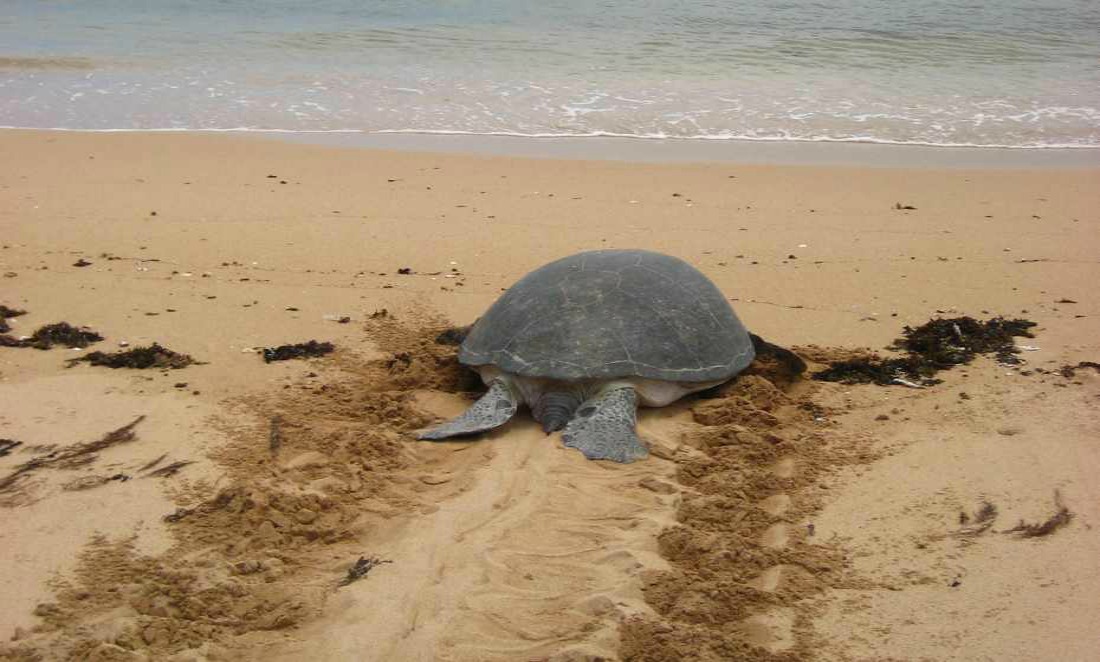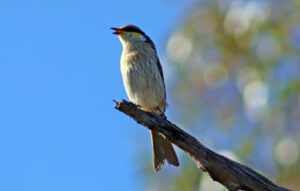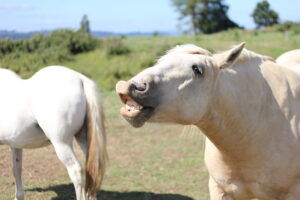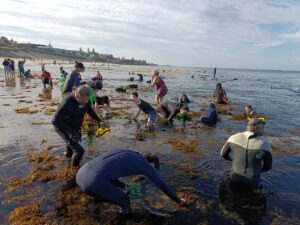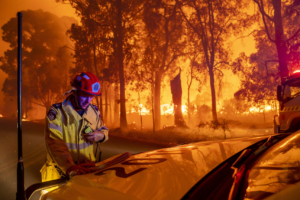Around the same time, Perth politicians were finally agreeing on the Environmental Protection Act.
The two events sparked Western Australia’s first environmental impact assessments.
Among the recruits working in the new field was young research scientist Kellie Pendoley.
TRACKS IN THE SAND SPARK ACTION
Kellie was contracted to monitor shorelines at Thevenard Island, offshore from Onslow.
Her work would provide baseline data on the natural environment for oil and gas companies operating in the region, to compare with the natural environment post-construction.
As she strolled the beaches she noted what she thought were tractor tracks in the beach sand.
She marched back to camp to berate the supervisor for allowing tractors onto the beach.
“No,” came the supervisor’s response. “They aren’t tractor tracks but turtle ones.”
Intrigued, Kellie began to take notes of whatever turtle tracks she stumbled upon.
20 YEARS OF TURTLE TRACKING
Kellie’s notes would form the humble beginnings of a 20-year turtle monitoring project, at 154 locations across the Pilbara.
Kellie has since spent countless hours trudging over remote beaches, wading through shallow waters and recording turtle tracks and nesting sites in the relentless Pilbara heat.
Information gleaned from these surveys and many others has now been combined for the first time. This one-stop data shop provides an overview of turtle populations in the Pilbara.
Kellie says the research proves the Pilbara’s importance for nesting flatback, hawksbill and green turtles.
“We’ve confirmed that turtles will nest on just about any piece of sand on any island in the Pilbara,” Kellie says.
“And we’ve collated all this data into a single place for the first time so it can be used as a resource for assessing other resource projects.”
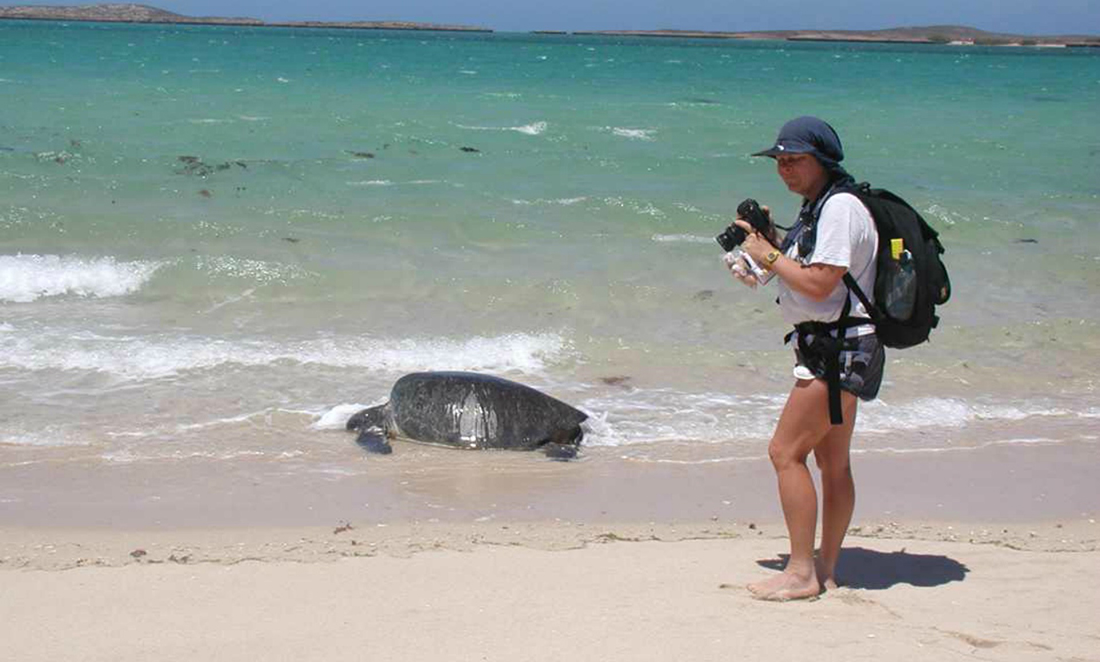
BIGGEST TURTLE POPULATION
The monitoring does not provide definite information on population numbers, as the numbers of turtles nesting on a single beach can fluctuate from two to 200 within two years.
But Kellie says her “gut feeling” is that the Pilbara islands are home to some of the biggest turtle populations in the world.
“It means we can assume there are turtles on almost all the islands in the Pilbara,” Kellie says.
“And where there are nesting turtles, there are pregnant females waiting to come ashore to lay their eggs nest after migrating from the Kimberley and other remote Pilbara sites.”



